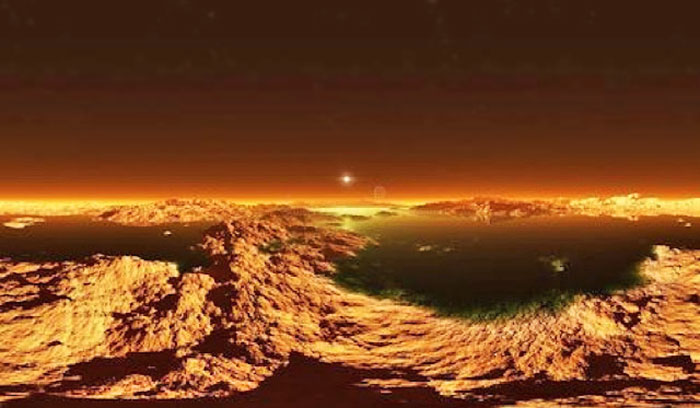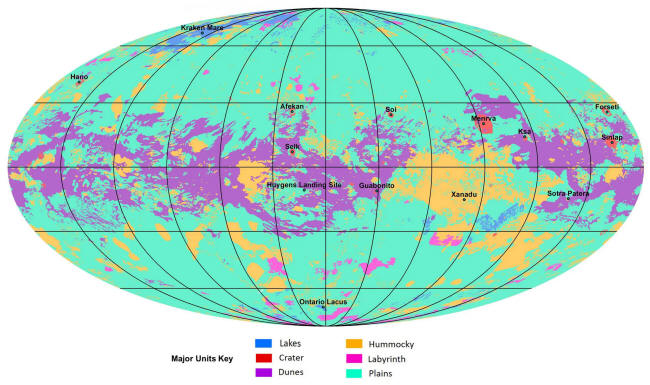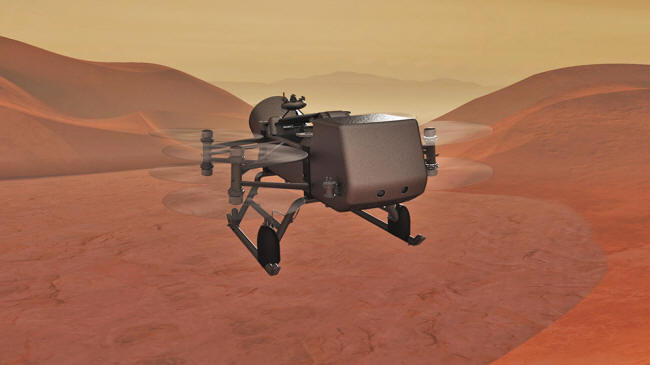|
February 06, 2023 from Sci-Nature Website
It appears to be a world different from our own, with its methane-filled lakes, freezing volcanoes, and underground tunnels.
However, Titan's first
geomorphological map demonstrates that, while its landscape is
spectacular and diverse, these elements actually make it
surprisingly similar to Earth.
Titan's lakes, rivers, and seas, on the other hand, are made of the liquid methane and ethane that rains down from its clouds.
Titan is also the only
moon with a considerable atmosphere and dense enough air to allow a
person to walk over its harsh terrain without a spacesuit (though
you'd have some additional problems to cope with, what with the
methane rain and lakes...).
This new map points out the countless lakes, dunes, craters, and plains.
According to the report,
these various traits may have arisen as a result of the same
geological process that occurred on Earth.
are depicted in unparalleled detail in the first geological depiction of the planet.
NASA/JPL-Caltech/ASU
The map was built using
data from NASA's Cassini spacecraft. Cassini was launched on October
15, 1997, to research Saturn and its moons, and it performed 120
flybys of Titan.
NASA thinks that by taking advantage of Titan's rich atmosphere and low gravity, its craft Dragonfly will be able to explore dozens of spots throughout the frozen globe - and maybe discover signs of life.
NASA/JHU-APL
The Dragonfly mission
will collect and return samples from the frozen moon to Earth. It is
also hoped that traces of life may be discovered, which could be the
first indication that humans are not as cosmologically unique as we
believe.
|




